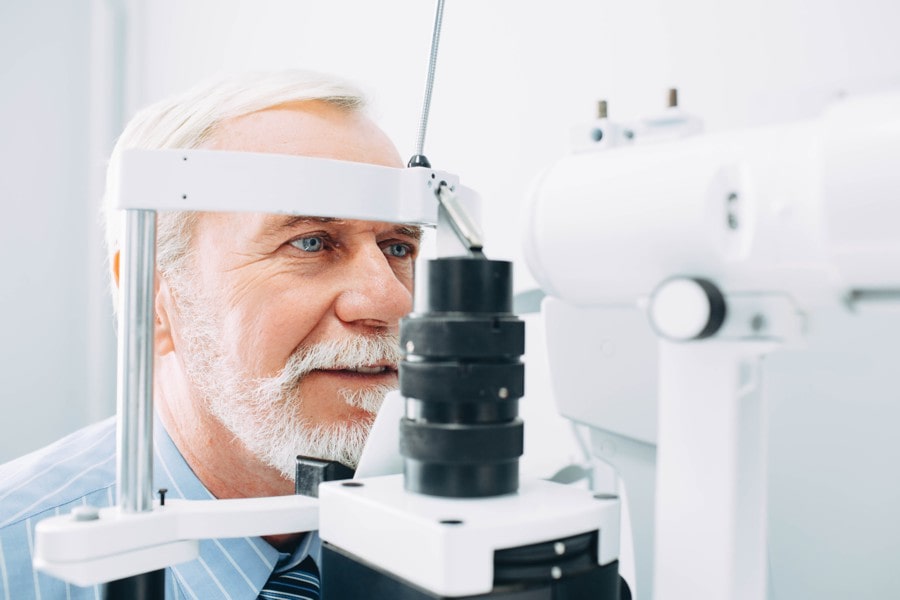With the advancement of medicine and the treatment of diseases of old age, there has also been a huge improvement in the treatment of diseases that cause blindness, such as glaucoma, diabetes, macular degeneration, and more. Many older people suffer from visual impairment that remains despite treatment. Over the years, there has been a tendency to define poor vision and divide it into categories and visual acuity. This division is convenient for deciding who is considered by law to have poor vision or to be blind.
But when you want to give a patient complete care, these data are less important. Today, the approach is changing. The treatment of a person with poor vision is like A person who does not see well enough for their needs, despite the best correction they can achieve with conventional correction (glasses or contact lenses.) And this is the purpose of the test for fitting assistive devices for low vision. The test treats each patient individually.
The test attempts to simulate as much as possible the subject's daily reality, his occupations and hobbies based on guiding questions, with the aim of improving his vision in relation to his areas of interest. As an optometrist, I was trained to measure and quantify visual acuity, I have the knowledge to write a prescription, but when I come to examine a person with poor vision, I combine this knowledge with listening to the personal needs of each patient.
In a clinic full of people with age-related macular degeneration (AMD), for example, there are similarities in the patients' experiences and difficulties, but the impact on their lives is varied depending on their age, health, occupation, the support they receive from their environment, the stage they are in with the disease, and of course the hobbies they were used to before losing their vision.
We must always remember that we are dealing with people, and that vision loss has a very serious impact on mental health. I often hear sentences such as: "Of all the physical problems I have, the greatest difficulty I have experienced is vision loss" or "I don't care if I can't walk anymore, or hear anymore, but I can't cope with the difficulty with vision."
How do we help these patients:
- Early intervention by ophthalmologists, health insurance nurses, family doctors, relatives, and other caregivers in referring that person/patient to an optometrist for the visually impaired.
- This test should be offered routinely and regularly to a person with poor vision. From the point of diagnosis by the people close to him or the doctors treating him who are aware of the deterioration in vision.
- An optometrist for low vision will listen to the patient, examine him, and present him with the options available to him.
- The solutions are unconventional, sometimes difficult to use, and not always aesthetic.
- Sometimes the patient needs to digest what it means to them.
Of course, the reactions vary as much as the number of people, but The importance is that the patient knows that there is a solution for him and that he is given the opportunity to improve his quality of life..





